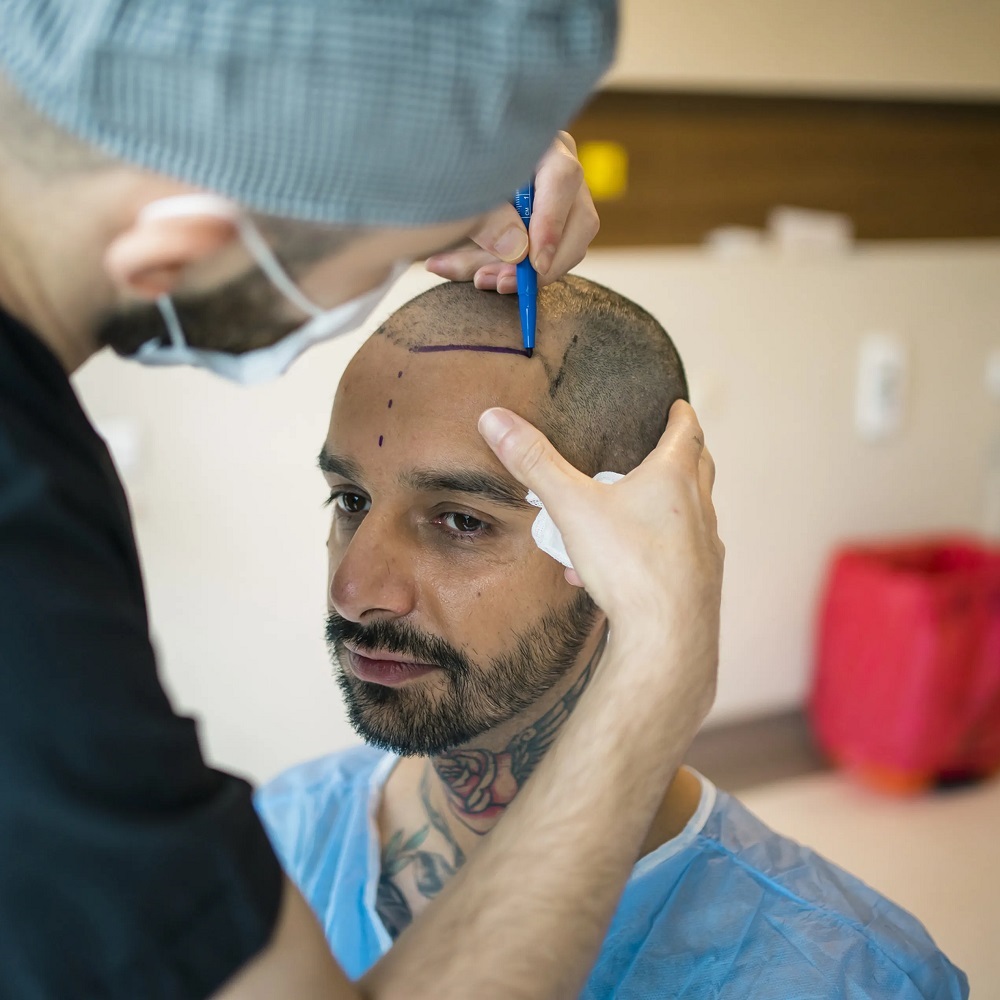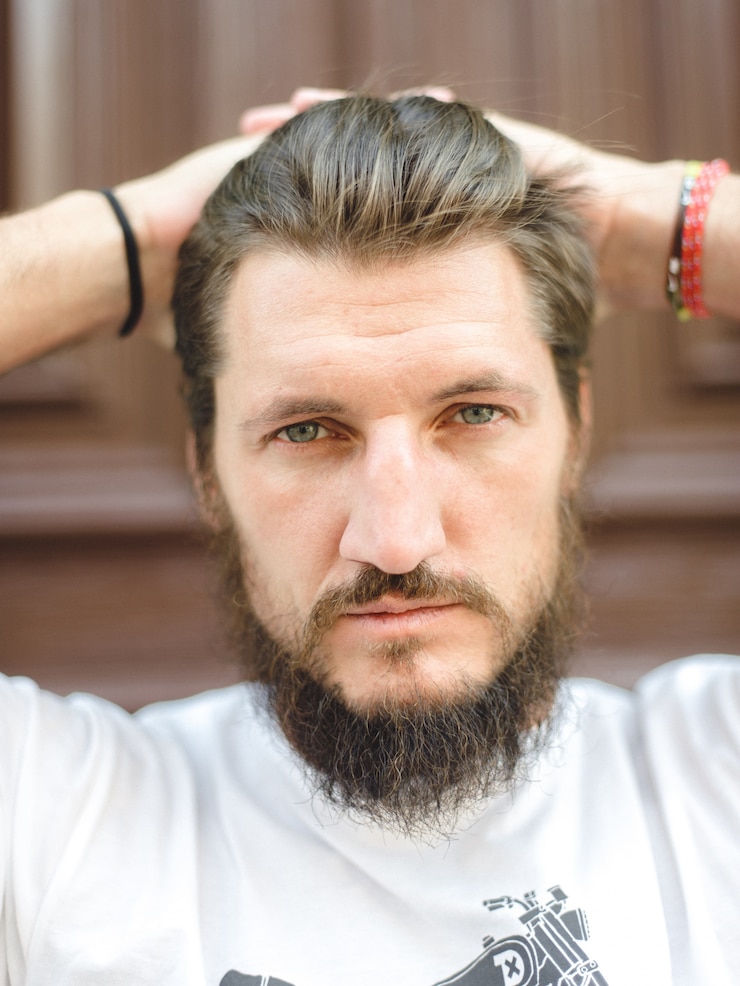Achieve Lasting Results with Advanced Hair Transplant Techniques

Strong 8k brings an ultra-HD IPTV experience to your living room and your pocket.
Hair loss is a common concern that affects individuals of all ages and genders, often causing distress and impacting self-esteem. While temporary solutions exist, such as medications and topical treatments, many people seek a more permanent and effective solution to restore their natural hair. Advanced hair transplant techniques have emerged as a groundbreaking option, offering lasting results and natural-looking hair restoration. This article delves into the innovations and advancements in hair transplant technology that enable individuals to achieve enduring and satisfying outcomes.
✍️ Wondering if PRP is painful or effective? Our article on PRP hair therapy answers common questions about safety, discomfort levels, and visible improvements based on real case studies.
Understanding Advanced Hair Transplant Techniques:
Hair transplant surgery involves harvesting healthy hair follicles from donor areas (typically the back or sides of the scalp) and transplanting them into balding or thinning areas (recipient sites). The success of a Hair Transplant in Dubai largely depends on the technique used, the skill of the surgeon, and the quality of donor hair available. Two primary methods have evolved significantly:
1. Follicular Unit Transplantation (FUT):
FUT, also known as strip harvesting, involves removing a strip of scalp from the donor area, dissecting it into individual follicular units under a microscope, and then transplanting these units into the recipient sites. While effective, FUT leaves a linear scar at the donor site, which can be a concern for some patients.
2. Follicular Unit Extraction (FUE):
FUE has gained popularity due to its minimally invasive nature and ability to harvest individual follicular units directly from the scalp. Using a specialized punch tool, follicular units are extracted one by one from the donor area and transplanted into the recipient sites. FUE results in tiny dot-like scars scattered across the donor area, which are less noticeable compared to the linear scar from FUT.
Technological Advancements Enhancing Hair Transplants:
Recent advancements in hair transplant technology have revolutionized the field, improving precision, efficiency, and patient satisfaction:
1. Robotic-Assisted Hair Transplants:
Robotic systems, such as the ARTAS system, have transformed FUE procedures by automating the extraction process. These robots use advanced algorithms to select and harvest the healthiest follicular units from the donor area with unparalleled precision. Robotic-assisted FUE ensures minimal trauma to the scalp, reduces human error, and optimizes graft survival rates, resulting in natural-looking outcomes.
2. Advanced Imaging and Planning:
High-resolution imaging techniques, including digital trichoscopy and 3D scalp mapping, allow surgeons to assess the scalp condition, analyze hair density, and plan the transplantation process with greater accuracy. Preoperative imaging helps in designing a customized treatment strategy, optimizing graft placement, and predicting postoperative results more effectively.
3. Platelet-Rich Plasma (PRP) Therapy:
PRP therapy has emerged as a complementary treatment to enhance the success of hair transplants. During PRP therapy, a patient's blood is processed to concentrate platelets containing growth factors. Injecting PRP into the scalp post-transplantation promotes tissue repair, accelerates healing, and stimulates hair follicle growth, thereby improving graft survival and overall hair density.
Benefits of Advanced Hair Transplant Techniques:
1. Natural-Looking Results:
Advanced techniques like FUE, combined with robotic assistance and meticulous surgical planning, produce natural-looking hairlines and hair growth patterns that blend seamlessly with existing hair. This aesthetic enhancement contributes significantly to patient satisfaction and confidence post-procedure.
2. Minimal Downtime and Recovery:
Compared to traditional methods, advanced hair transplant techniques typically involve less downtime and quicker recovery periods. Minimally invasive procedures like FUE result in minimal discomfort, allowing patients to resume normal activities within a few days to a week after surgery.
3. Long-Term Solution:
Hair transplants offer a permanent solution to hair loss, providing enduring results that do not require ongoing maintenance beyond regular hair care routines. Once transplanted, the hair continues to grow naturally, ensuring a fuller and thicker appearance that lasts.
Conclusion:
For individuals experiencing hair loss and seeking a reliable solution, advanced hair transplant techniques represent a significant breakthrough in achieving lasting and natural-looking results. Whether opting for robotic-assisted FUE or benefiting from PRP therapy alongside traditional methods, patients can expect personalized care and superior outcomes from skilled hair transplant specialists.
Note: IndiBlogHub features both user-submitted and editorial content. We do not verify third-party contributions. Read our Disclaimer and Privacy Policyfor details.







